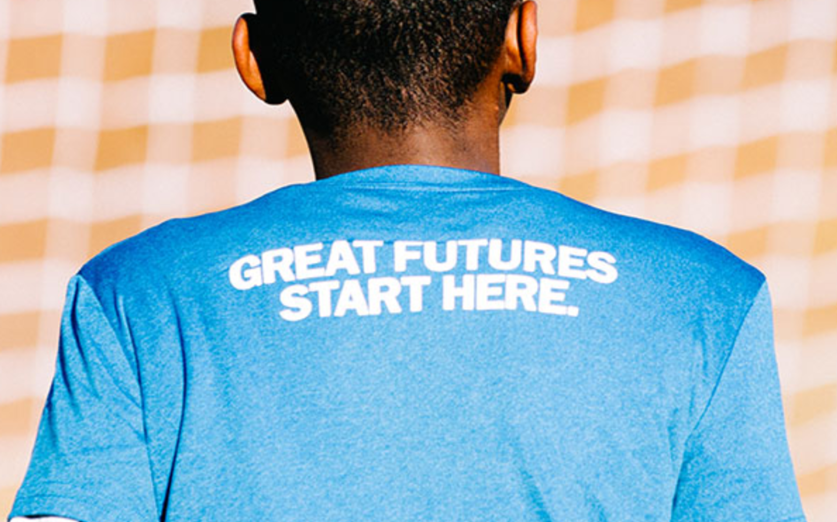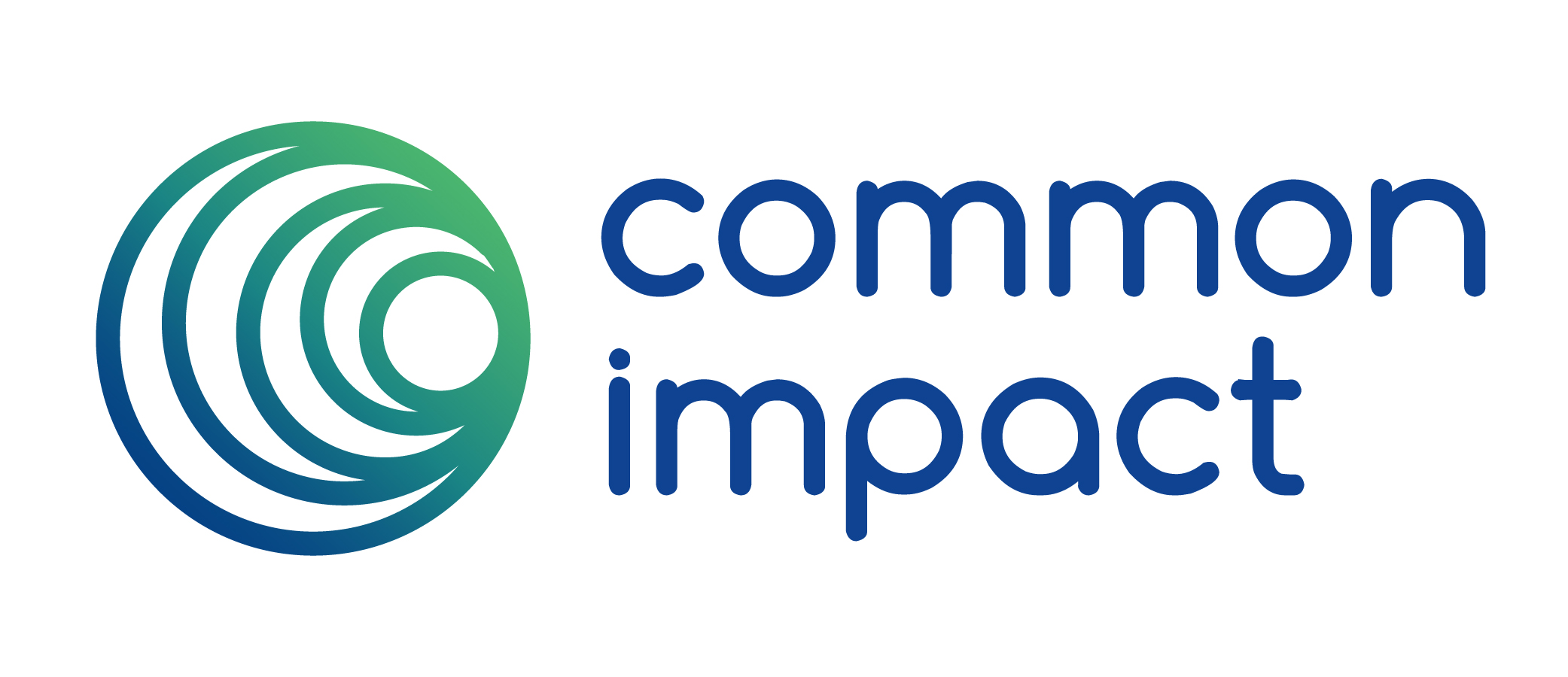Learning From Real-life Examples: Collaborating to Design a Boys & Girls Club Playbook
by Season Eckardt

Last week, we partnered with Stanford Social Innovation Review, Charles Schwab and Boys & Girls Club of America to host a webinar around creating long-term sustainable partnerships, or what we refer to as sticky relationships. As a follow up to our webinar, our Senior Consultant, Season Eckardt sat down to reflect on the role she played to deepen the impact of this partnership and help Boys & Girls Club chapters across the US operationalize a common strategic vision.
----
In my work as a nonprofit leader, I learn best by seeing real-life examples and then pivoting to action.
Recently, I applied my own learning style in co-developing the Clubs Helping Clubs playbook, a resource that was collaboratively developed by Charles Schwab Foundation, Boys & Girls Clubs of America (BGCA), and Common Impact. This playbook is designed to be a capacity-building resource that will help local leaders at Boys and Girls Clubs across America, align to the BGCA Great Futures 2025 Strategic Plan and operational framework. The playbook is organized in five functional areas (technology, strategic planning, human resources, and revenue development and marketing and curated with high-quality deliverables created from the Charles Schwab Pro Bono Challenges. Each resource included in the playbook was collaboratively developed by Charles Schwab volunteers and local Boys and Girls Clubs leaders.
As developers of the Clubs Helping Clubs playbook, my colleagues and I wrestled with how to approach the design process. We knew that the playbook, if done well, and broadly distributed, could be a tremendous value-add to local leaders who are on the front lines of serving kids and simultaneously handling administrative demands, with limited time and resources, We wanted this playbook to be a vehicle for sharing information on a club to club level and serving as a reminder that most clubs are dealing with a similar slate of challenges.
With those goals in mind, here are some insights into our playbook design process:
- Customizable: Many of the tools available in the playbook are in template form. So, the users of the playbook can add their local club information and have the tool be ready to go. For nonprofit leaders who often have a hefty “to do” list, we hope that the templated format saves time. For example, the employee onboarding checklist illustrates the customizable feature. The template is already developed with suggested tasks and roles and responsibilities to strengthen an existing onboarding process or offer a great start to a new process.
- Translatable: Our goal in reviewing the many deliverables was to find stand-out examples of common challenges so that each template could be applicable to the full network of Boys & Girls Clubs. One example of our translatable mindset in action is the donor cultivation guide, which summarizes the key steps and tips for the donor recruitment process and can be used in conjunction with an editable donor engagement planning template.
- Substantive: Ensuring that there was an instructive lens to each deliverable was another design principle. We wanted to honor the user’s time and it was essential that material not only had depth and but also be easy to understand. As the developers of the playbook, we didn’t have the benefit of being readily familiar with the BGCA processes and language. However, we felt that if we could easily point to the substance of the deliverable, even without fully knowing the local Club operating environment, then we could make the material helpful to the on-the-ground leaders immersed in local Club operations.
This playbook represents a valuable learning resource since it was developed by many contributors, including Charles Schwab volunteers, local Boys & Girls Club of America leaders, and Common Impact staff. I hope that this playbook helps local leaders with their day to day work, but that it also connects them to their peers. In my view, when we are informed with real-life examples and connected to one another, generating impact is just around the corner!
Interested in learning more about this partnership? Check out how to access the recording of our webinar here!

